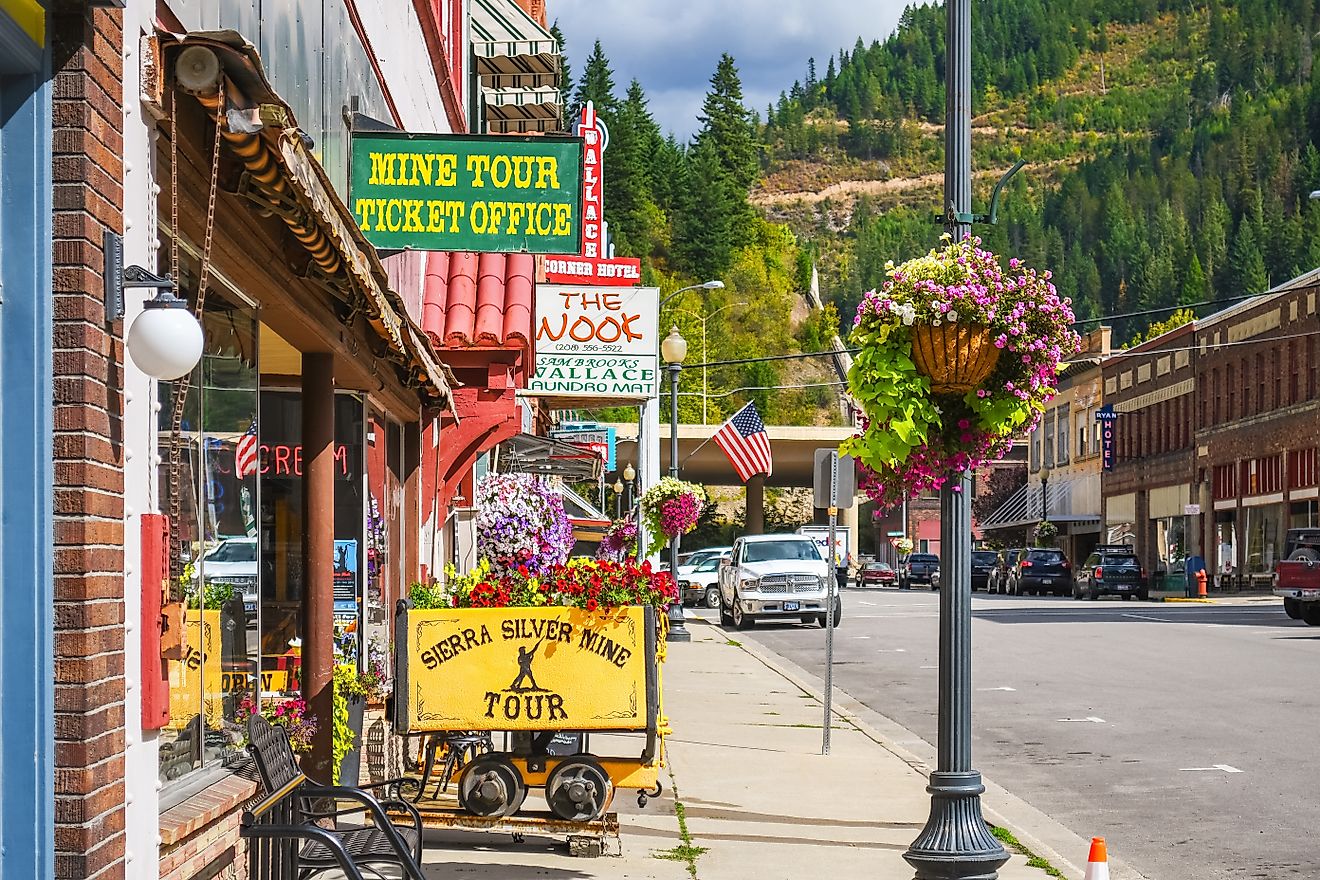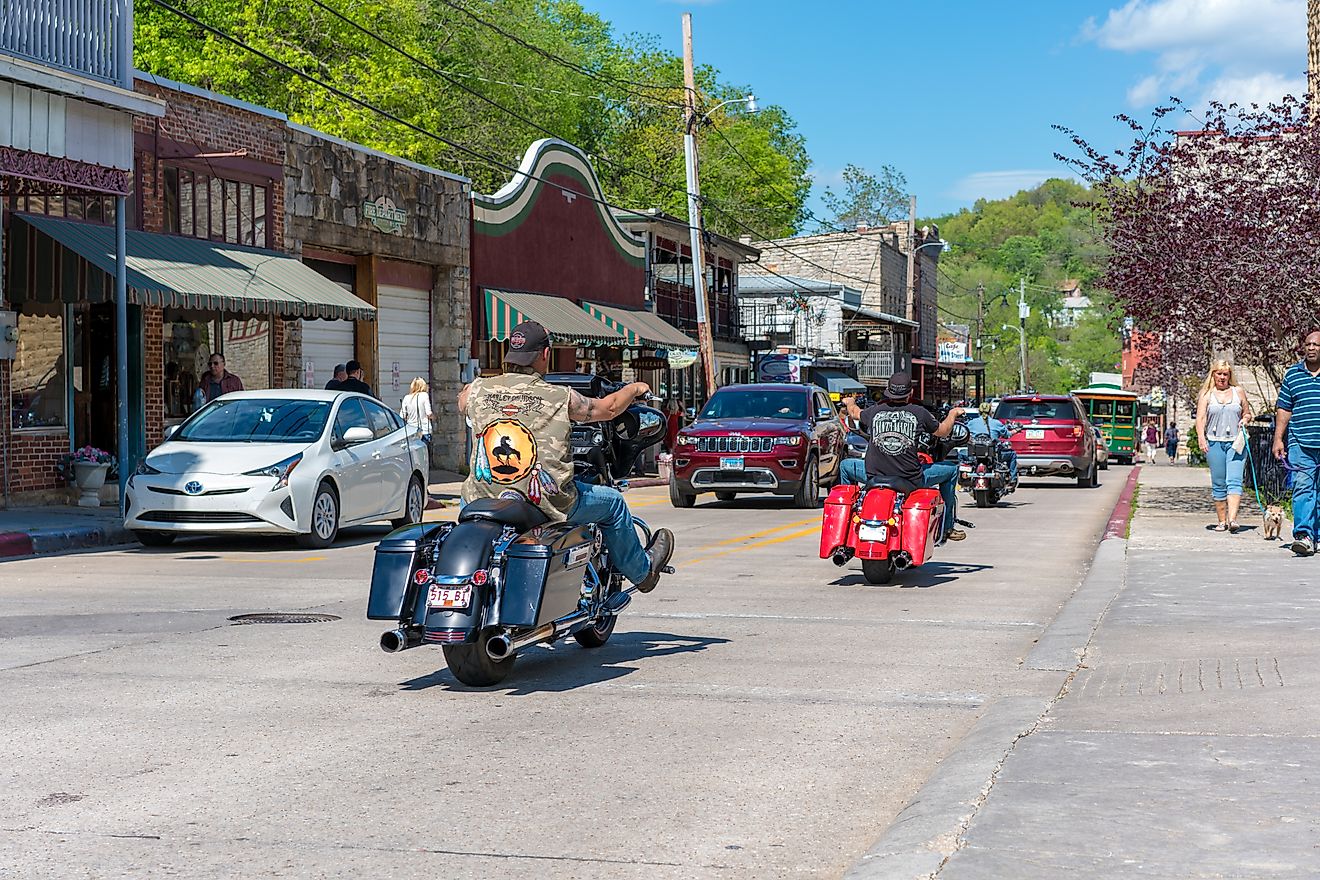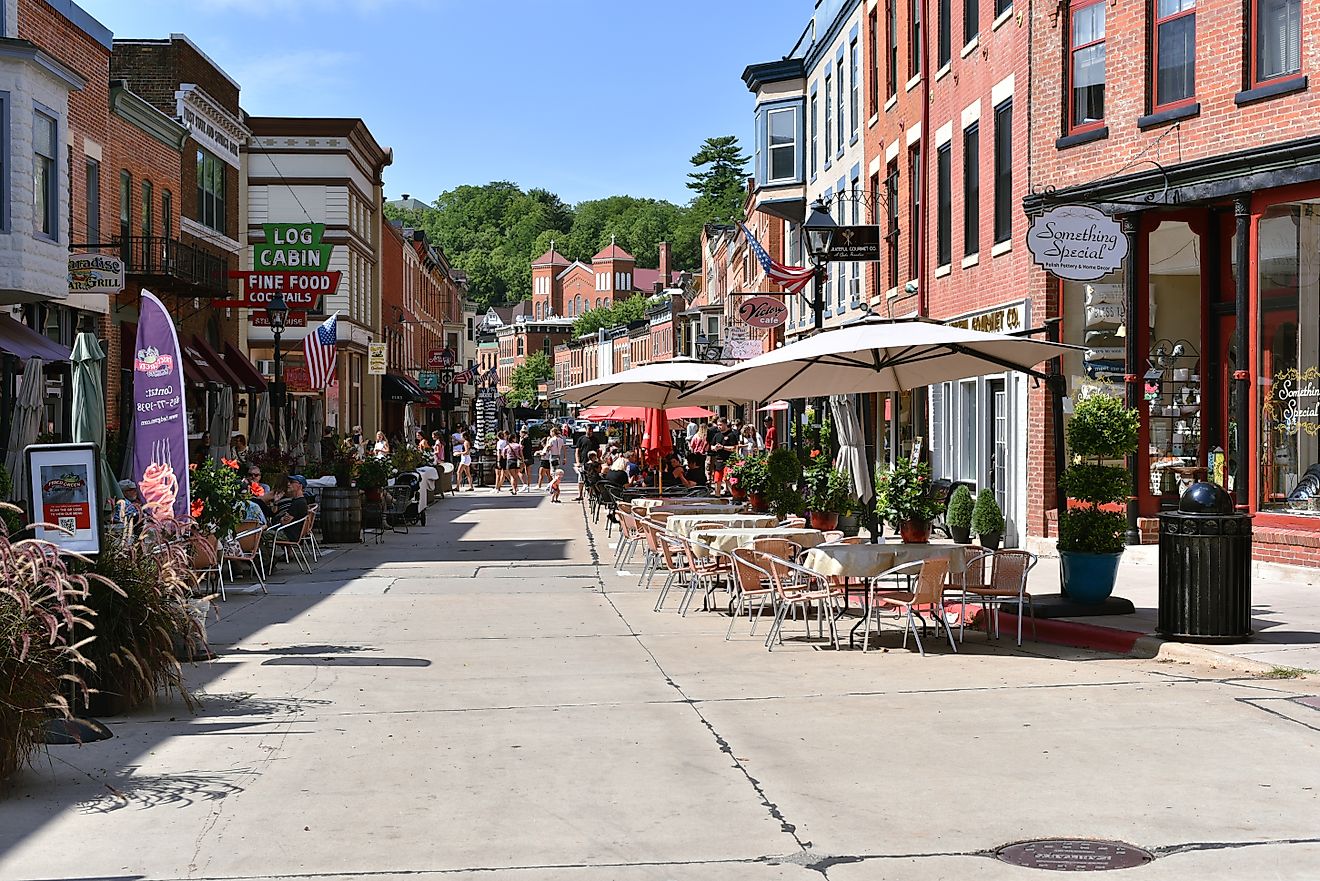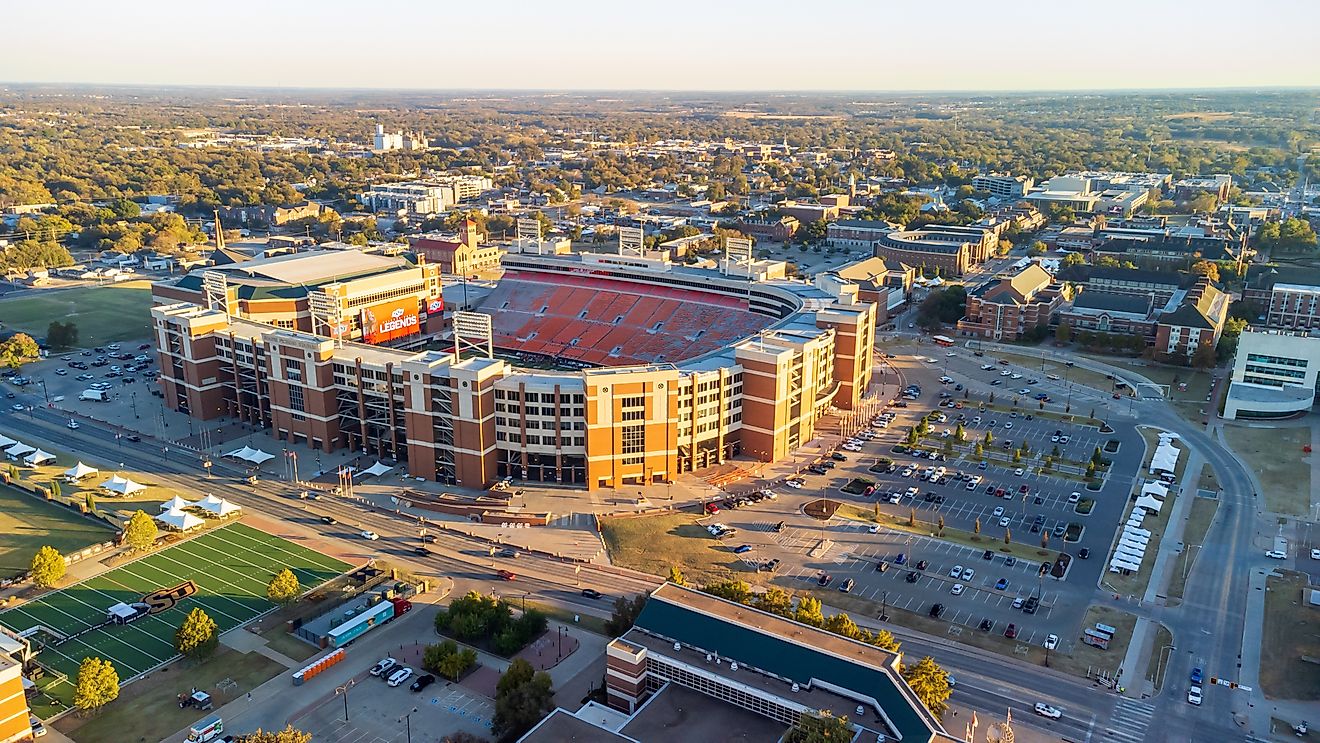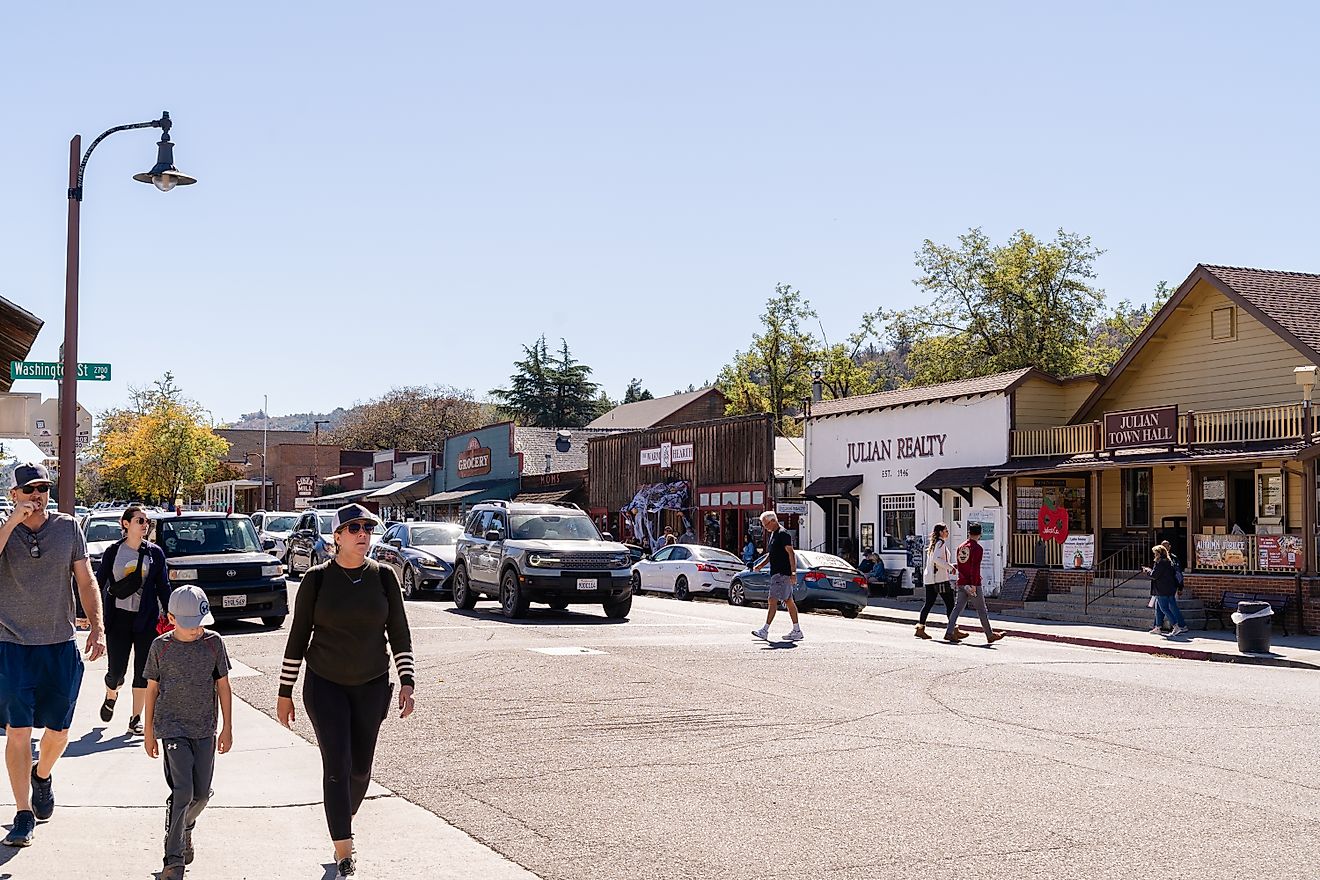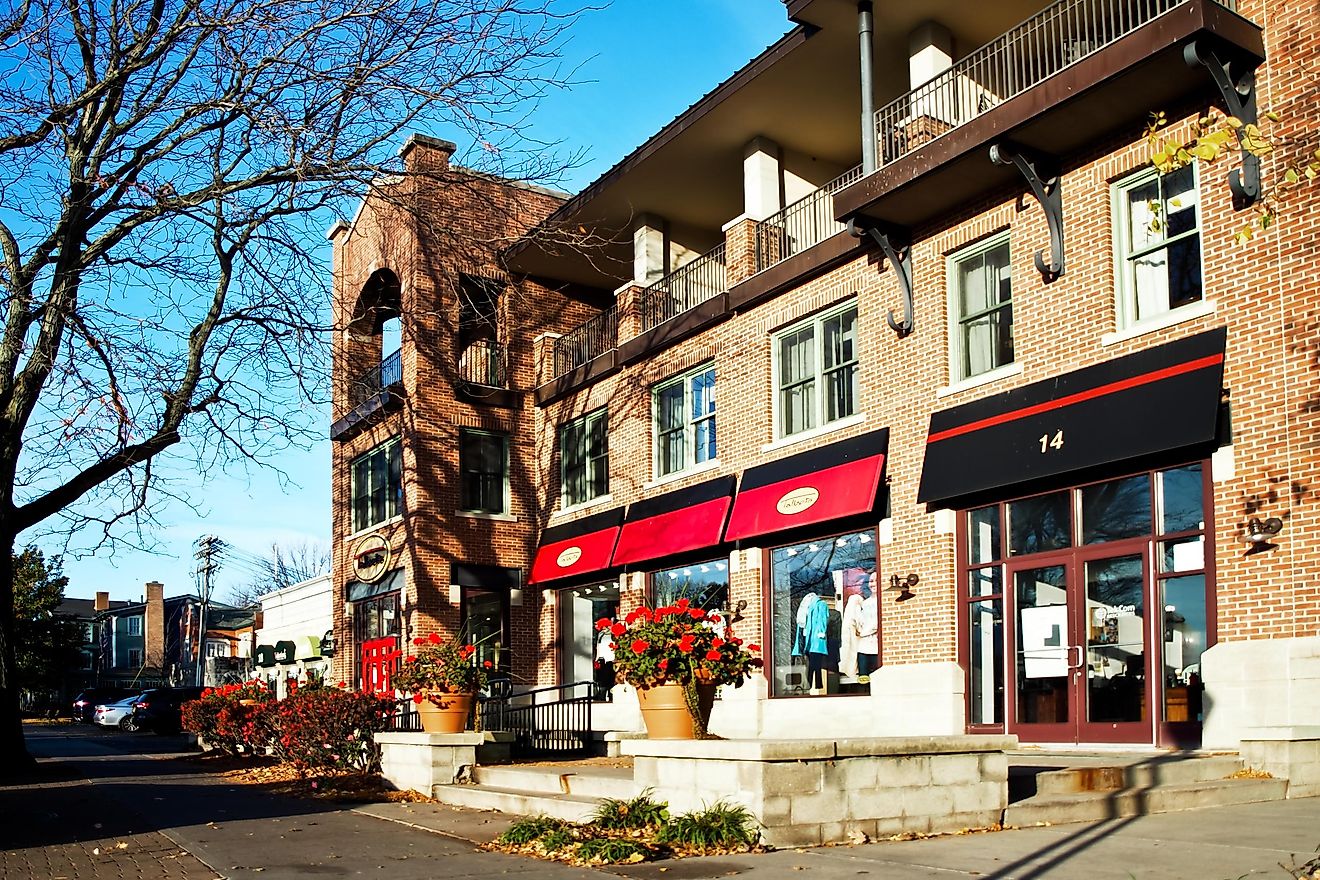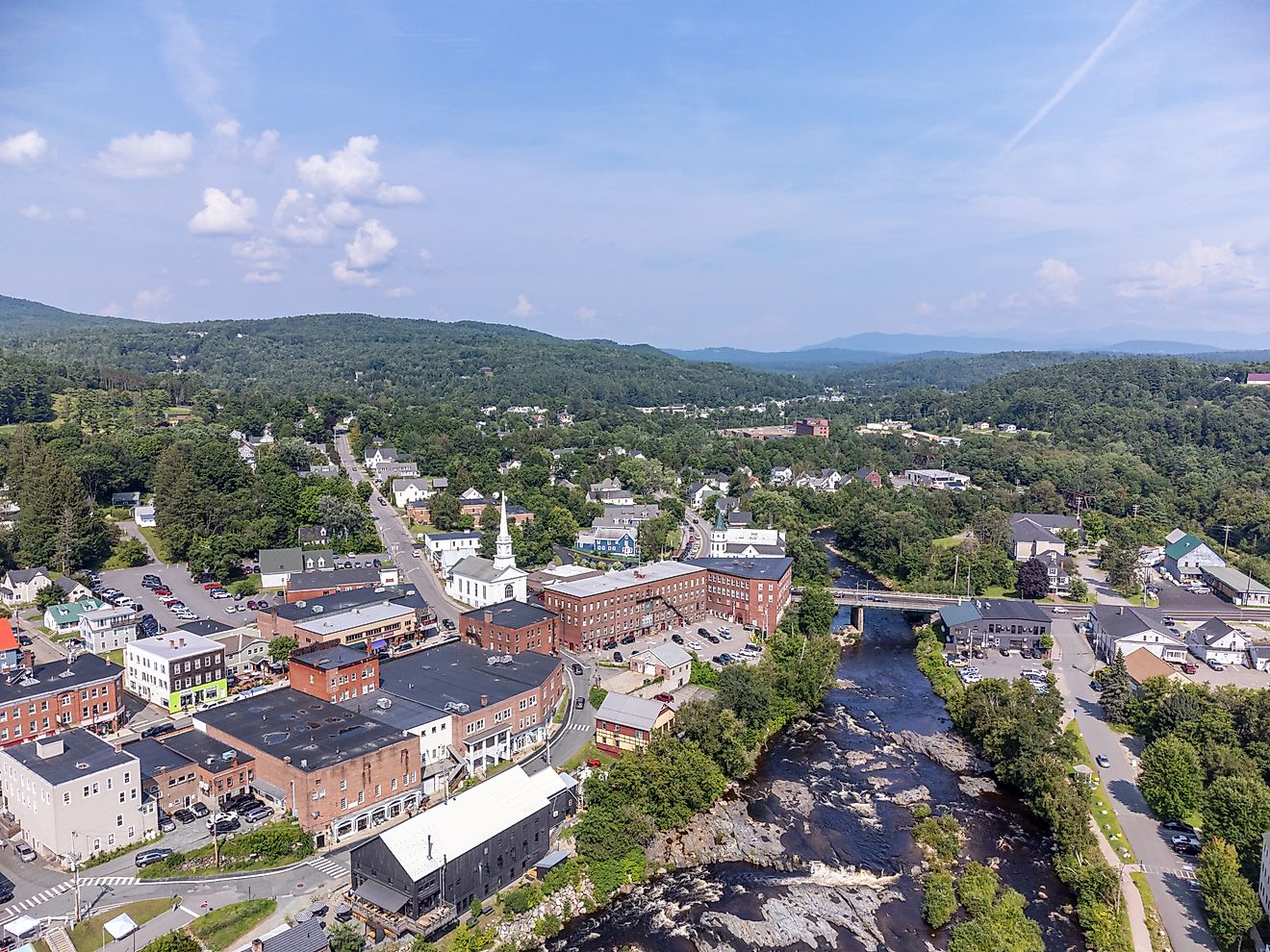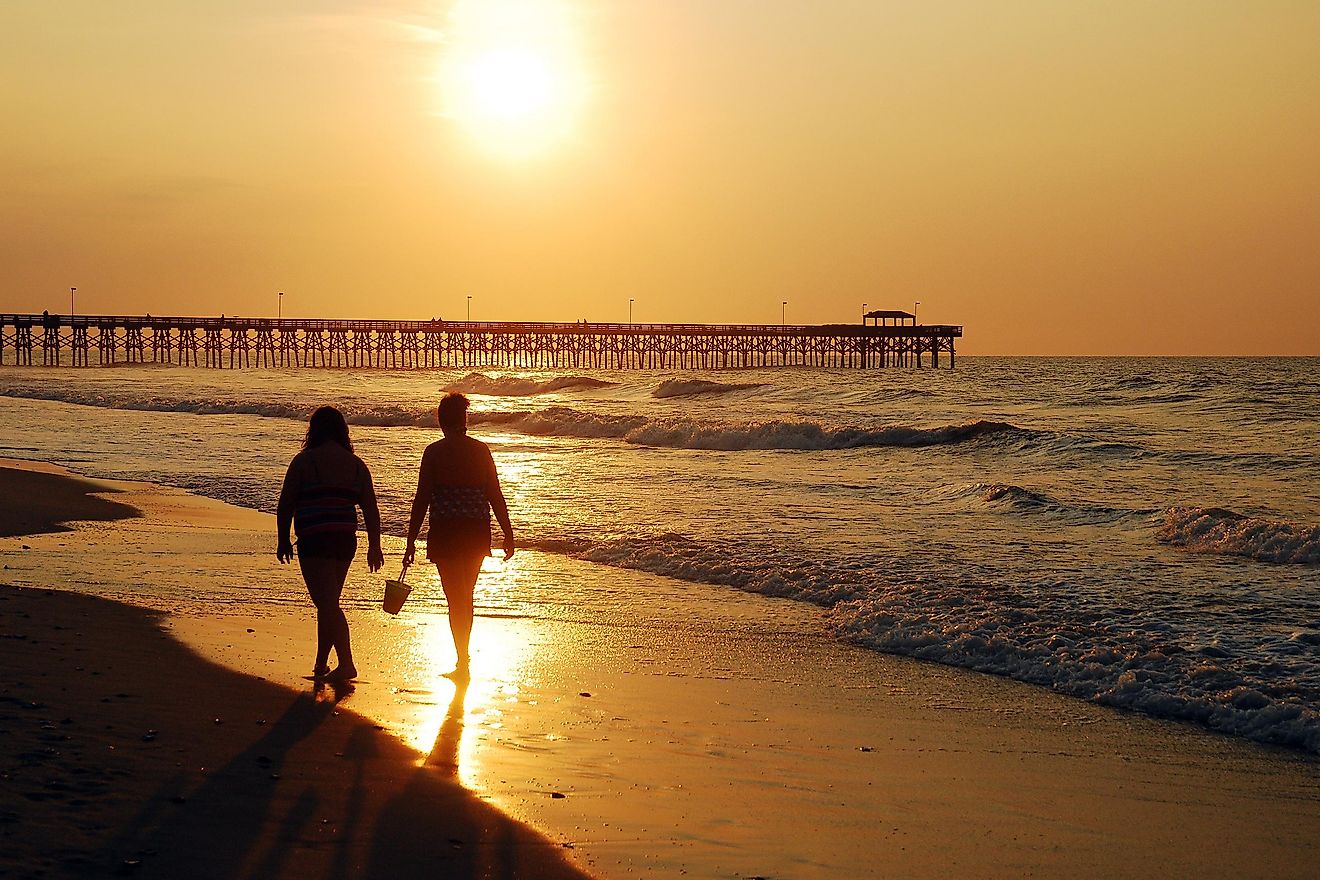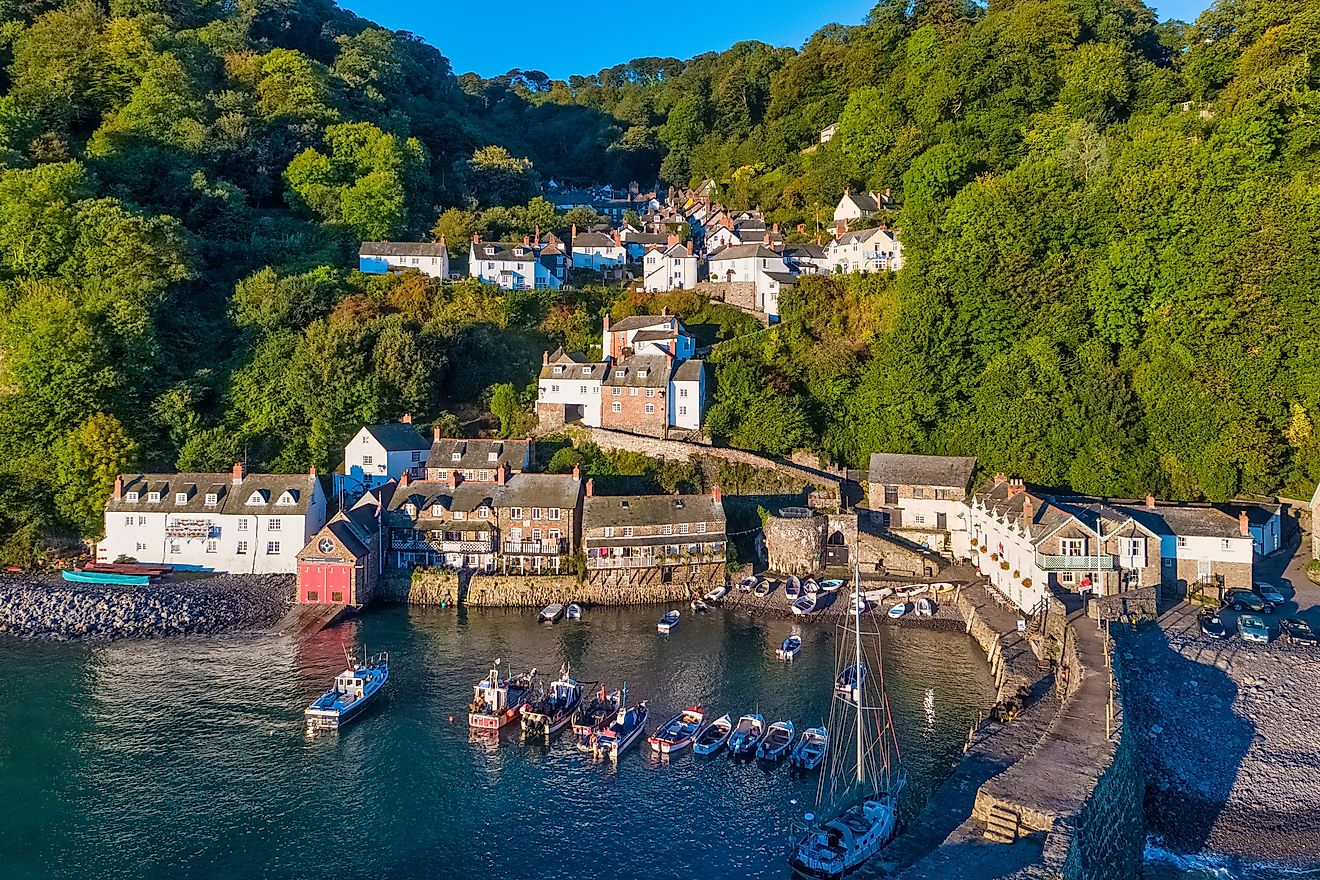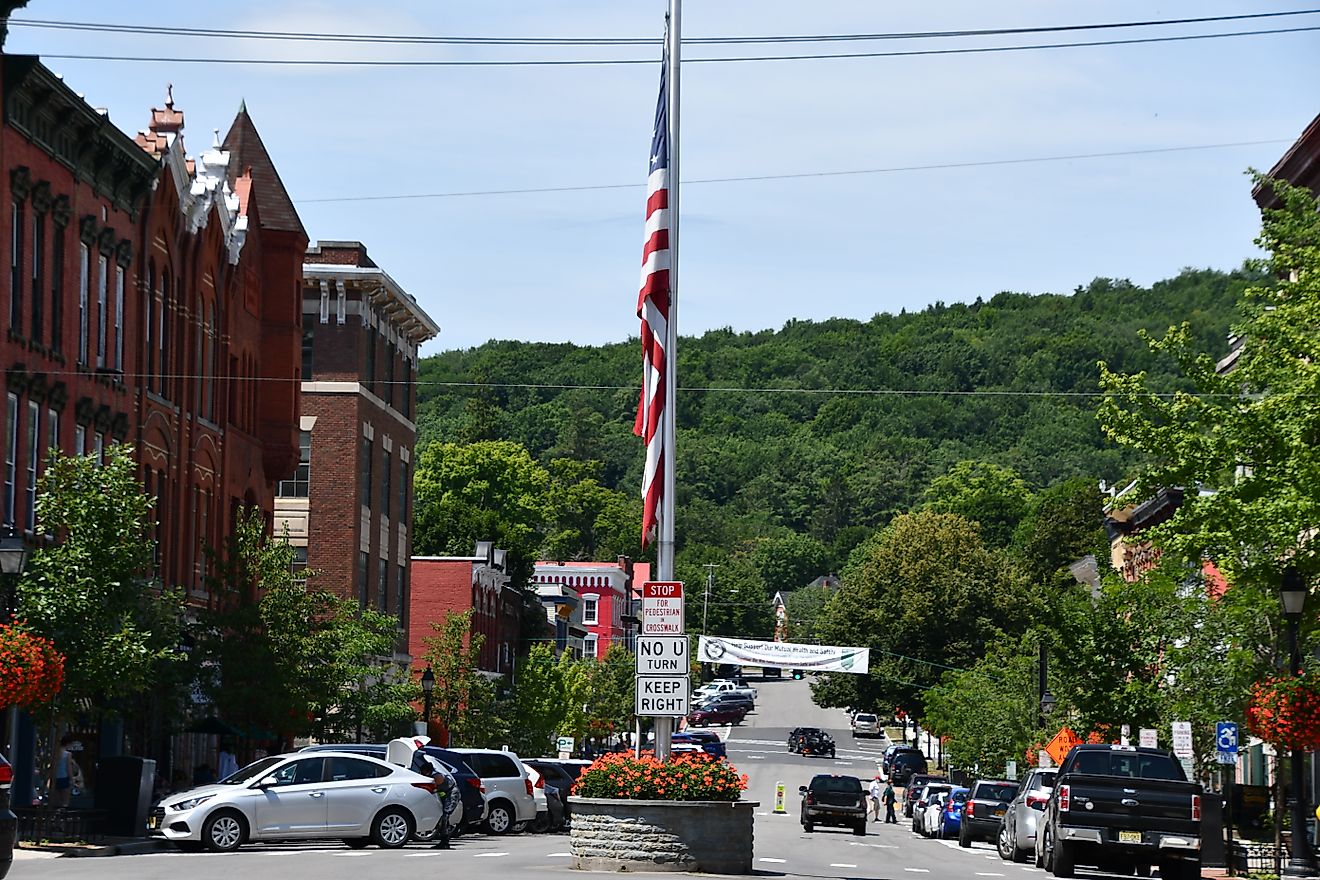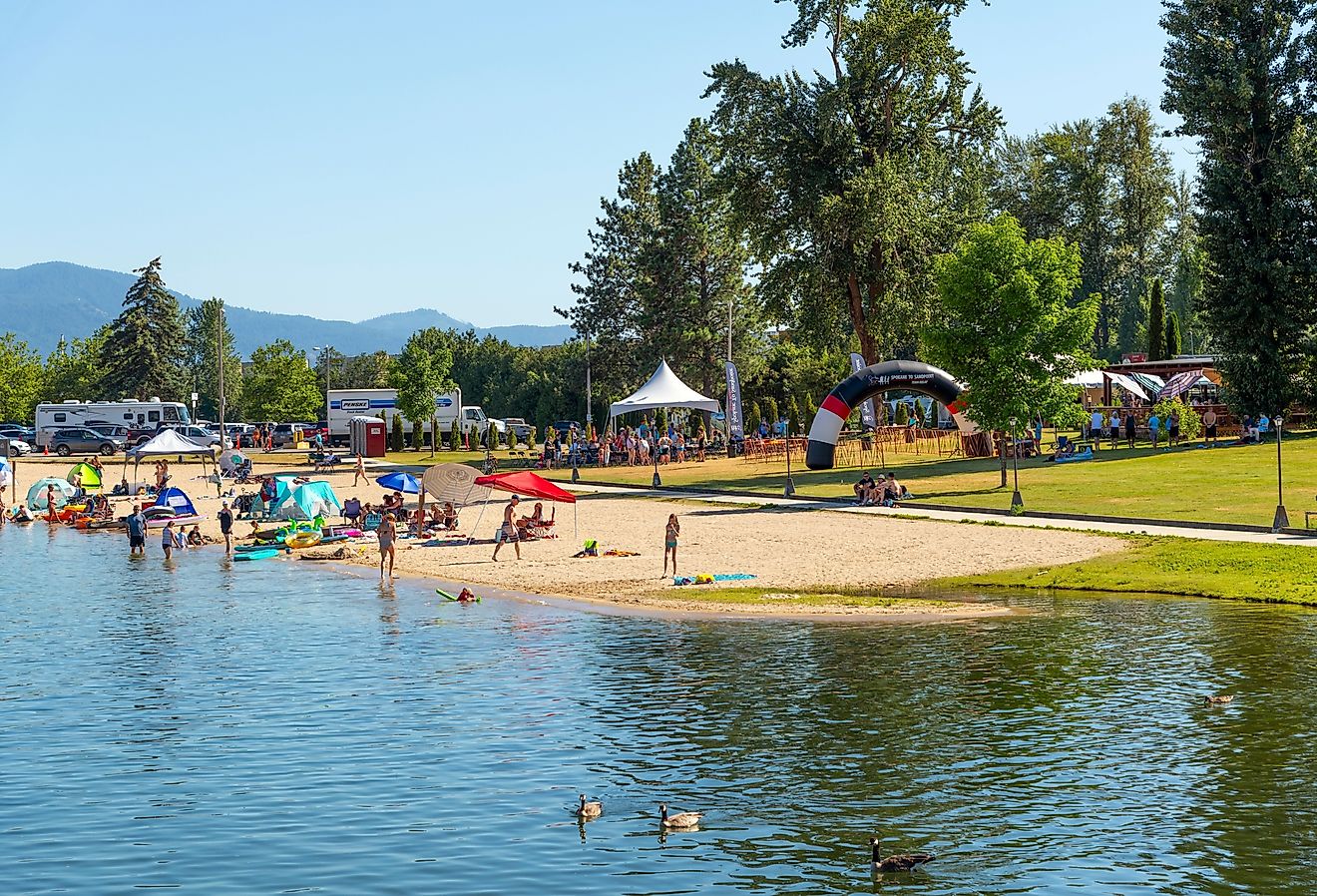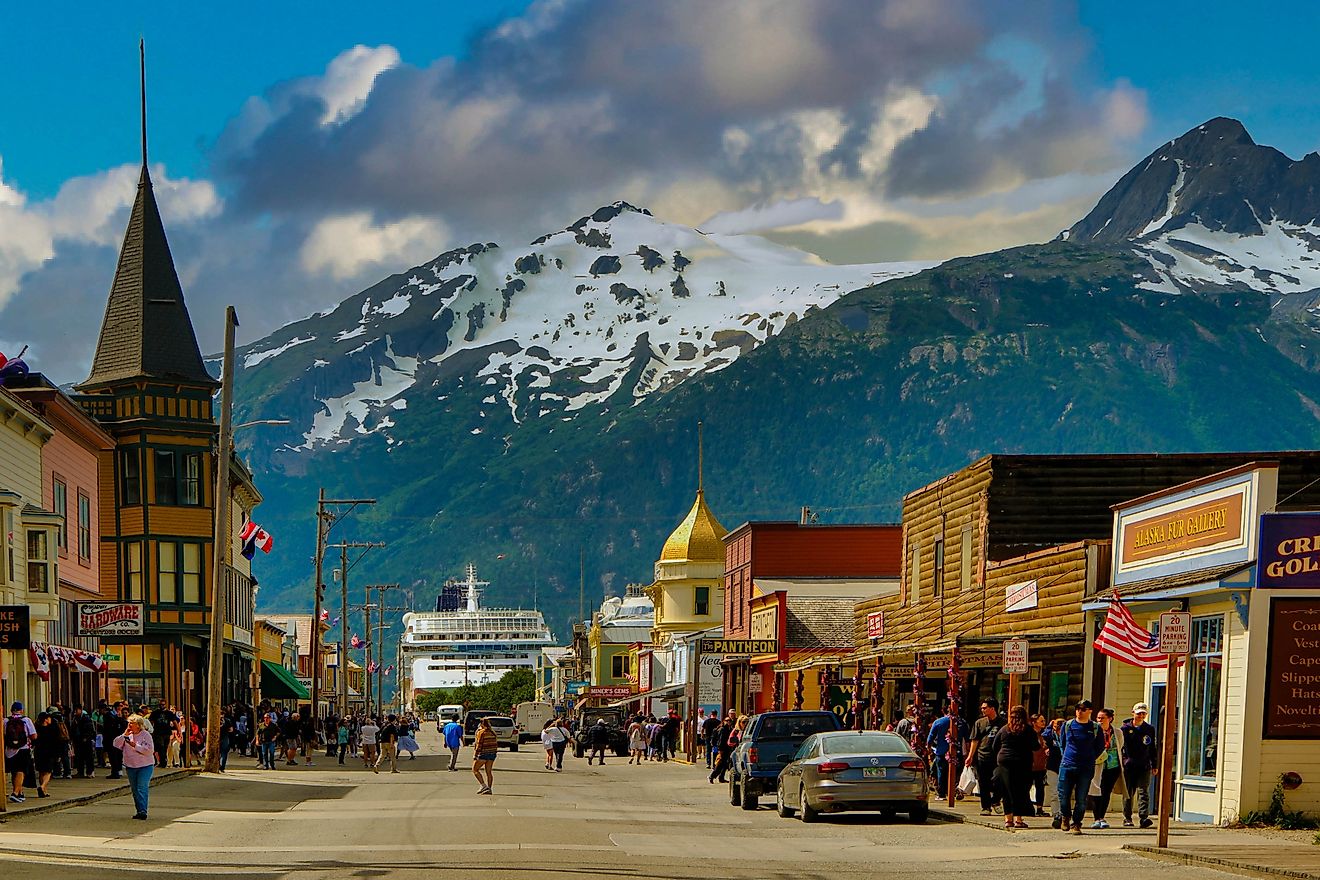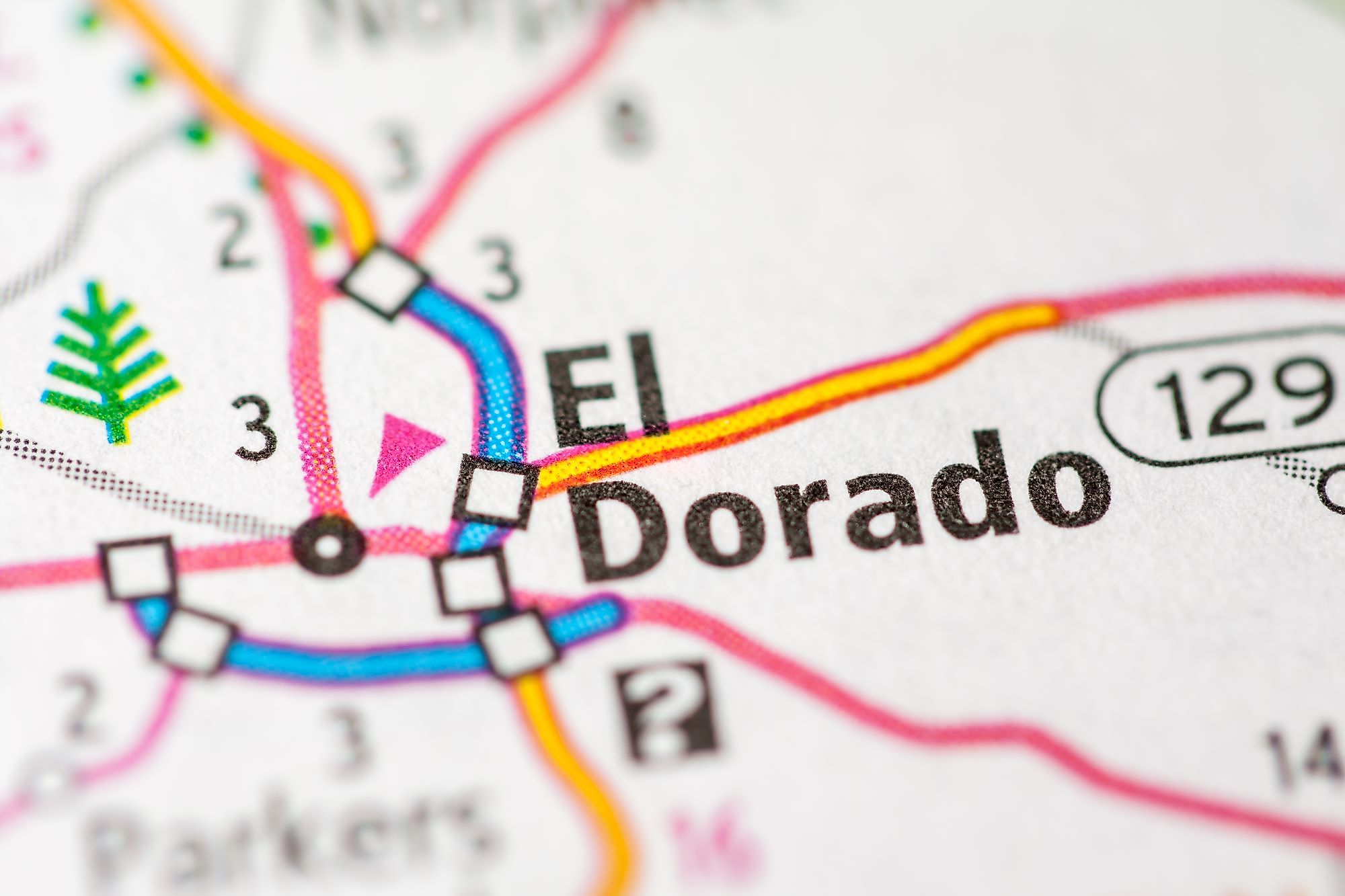
El Dorado, Arkansas
El Dorado is a small city situated in Union County close to the southern boundary of the US State of Arkansas. Known as "Arkansas' Original Boomtown," the city has a rich history with the oil industry with its own oil boom during the 1920s that greatly expanded its economy, population, and reputation. El Dorado is full of southern charm and has recently gone through a revitalization of its downtown and local culture, making it a wonderful city in Arkansas.
Geography Of El Dorado
El Dorado is situated close to the southern border of Arkansas and is the county seat of Union County. El Dorado lies near the West Gulf Coastal Plain, which runs along the Louisiana border and includes the southeastern and southcentral parts of the state. Pine trees and farmlands define this woodland and lowland region, and the Ouachita River is the bottommost spot in the state. The natural resources around El Dorado include natural gas, petroleum deposits, beds of bromine flats, and more. El Dorado covers a total area of 42.2 sq. km, of which 41.9 sq. km is occupied by land, and 0.26 sq. km is water. El Dorado lies 45 km west of Felsenthal National Wildlife Refuge, which is America's 54th largest wildlife refuge and home to the world's biggest green tree reservoir. The city is around 160 km south of Little Rock, the state capital.
Climate Of El Dorado
The climate of El Dorado is pleasant and humid. Under the Köppen climate classification, El Dorado experiences a humid subtropical climate. The city has hot and humid summers, cold and wet winters, and pleasant springs and autumns. The temperature ranges between 2.2 °C to 33.9 °C, with temperatures very rarely falling below -5.0 °C or rising over 37.2 °C. The hot season lasts for around 3.8 months, usually from late May to the end of September. The cold season lasts for about 2.9 months, usually from late November to late February. El Dorado sees consistent rainfall throughout the year with an annual average of 54.1 inches, although the amount of rain that falls can significantly vary between seasons. The city experiences the most rain in December, with an average rainfall of 4.7 inches, and the least rain in August, with an average rainfall of 2.6 inches.
Brief History Of El Dorado
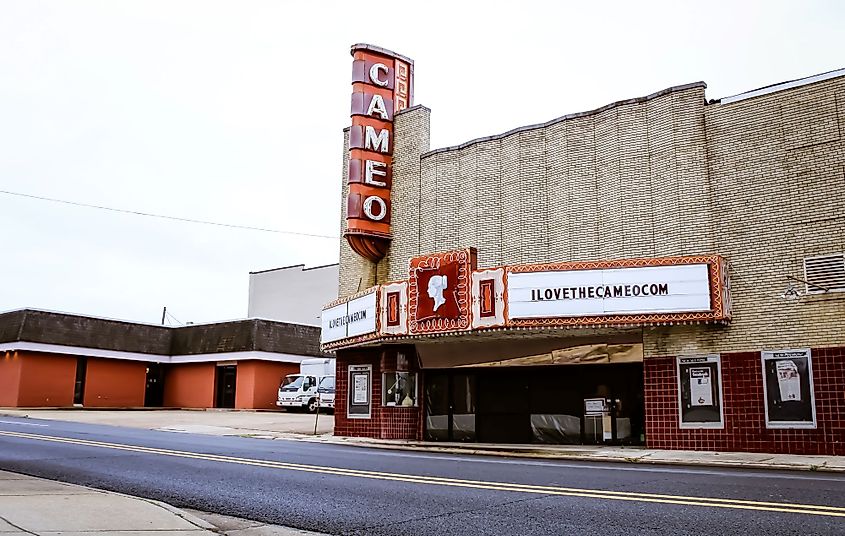
El Dorado was founded in 1843 when Matthew Rainey, a local retailer, set up a store in the area after becoming stranded. Being impressed with the sales to local settlers, he chose to permanently stay in the area and named it El Dorado, after the famous Spanish legend. Shortly afterward, county commissioners of Union County chose El Dorado as the county seat. From its establishment until the late 19th century, El Dorado was a small farming community. By the late 1800s, railways had arrived, allowing locals to utilize the area's resources and establish a thriving lumber industry. With the construction of the Busey No. 1 well in 1921, El Dorado was permanently transformed. This "discovery well" attracted many speculators looking for fame and wealth in the oil business. The Busey No. 1 only produced oil for 45 days, transforming El Dorado from a tiny little farming town to Arkansas' oil capital. The city was swamped with so many people that there was no room for them to sleep, forcing entire communities to be built out of tents and hurriedly made shacks. Eventually, El Dorado's oil boom ended in the late 1960s, leading to a significant decline in the city's economy and population.
The Population And Economy Of El Dorado
According to the 2020 US Census, El Dorado had a population of 17,756 people, a notable decrease when compared to the city’s population of 18,884 in 2010. About 53.2% of El Dorado residents are female, with the remaining being male or non-specified. The key ethnic demographics are 43.4% White, 47.9% Black or African-American, 1.2% Asian, and 6.7% Hispanic or Latino. The median household income of El Dorado residents is $43,409, and the percentage of people living below the federal poverty line is 25.5%.
El Dorado, dubbed the "Queen City of South Arkansas" by economic boosters, was the epicenter of the South Arkansas oil boom in the 1920s. Its population and economic growth peaked during this oil boom, but El Dorado's economy changed as the industry declined during the 1960s. The chemical and lumber industries grew in importance during and after WWII, and they continue to play a role in the city's economy today. In recent years, El Dorado has been dubbed "Arkansas' Original Boomtown" as it promotes its historical treasures for tourism, and even though El Dorado's oil boom is over, several prominent oil refineries are all based in the city. Petrochemicals, poultry products, financial services, and lumber are now key industries. Nationally, the oil industry has adopted conservation practices pioneered at the adjacent Shuler Field across the country.
Attractions In El Dorado
There are many different attractions on display in El Dorado. Competitions in producing jellies from the local mayhaw fruit are held during the Mayhaw Festival, which takes place in early May. The SouthArk Outdoor Expo takes place on the campus of South Arkansas Community College in early September and includes demos, lectures, and seminars on hunting, camping, and the outdoors. Since 1987, MusicFest has included live music events from country and rock performers during the first weekend in October.
El Dorado has a recognized downtown arts district that was officially named the country's best Downtown in 2009. The South Arkansas Arts Center hosts a variety of performances, community events, and art exhibitions that are sure to attract anyone who enjoys the arts. The South Arkansas Museum of African-American History and the historic John Newton House, which was built in 1849, are two popular historic sites for people who enjoy historical attractions.
